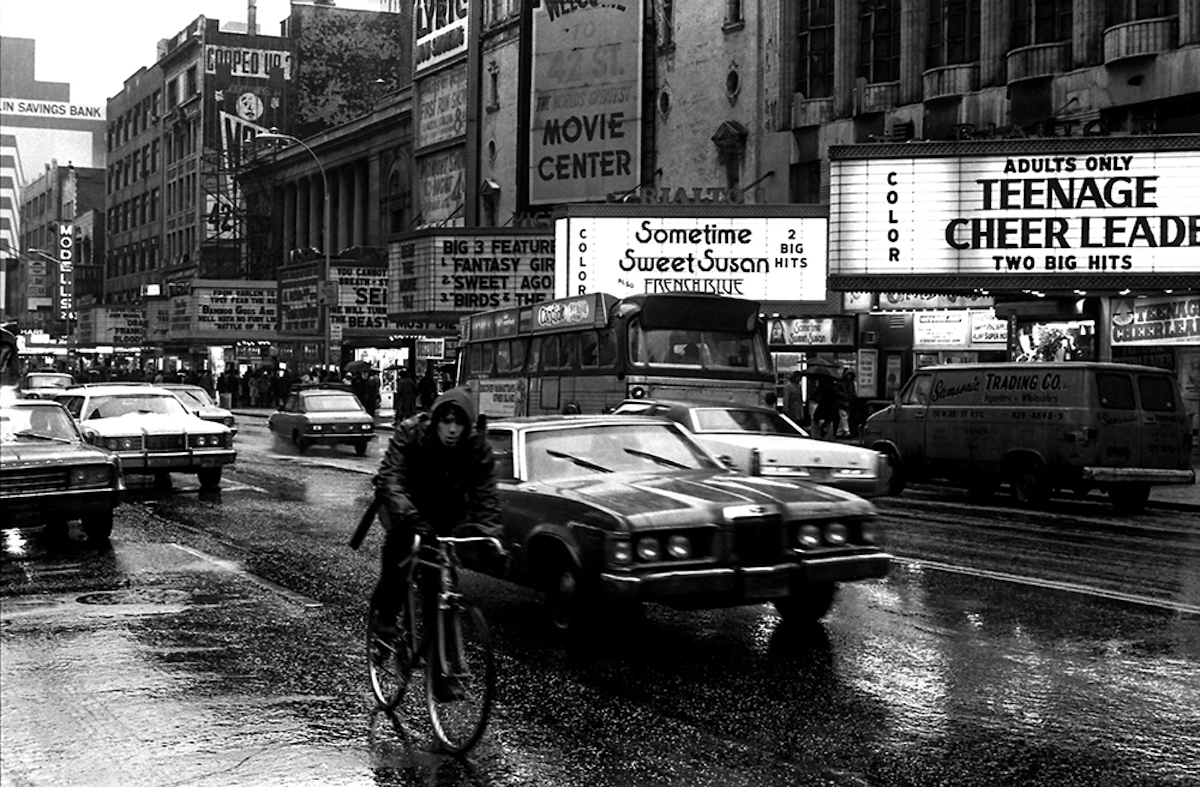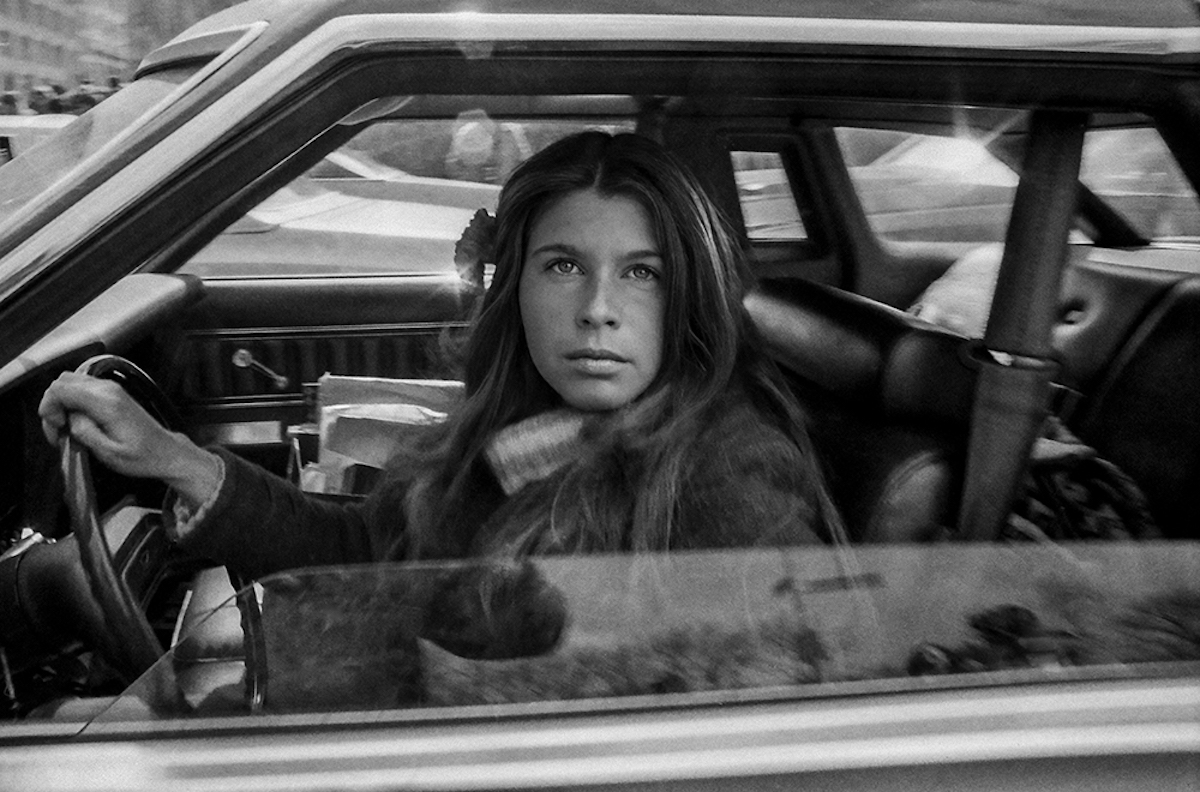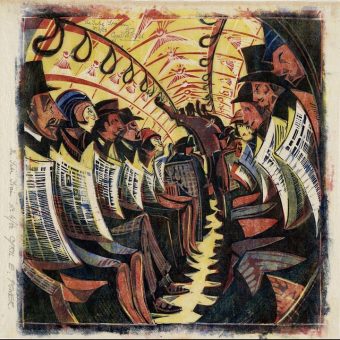We are delighted to share reader Philip Flip Collier’s photographs of New York City in the late 1970s to 1980. He graduated from The New England School of Photography in Boston, Massachusetts in 1974.
Here he tell us his story of living in New York and how for him the pictures are “slices of my life, tiny moments. Each individual image is a moment that I experienced and thought to be worthy of capture, full of beauty, strife, angst and magnificence. I am hoping that one day in the future, that moment will be relived, over and over again. Taken so that; future generations could have this window back in time, to savour the moments of the past.”
In 1975 I moved from Boston to New York City where I opened a bookstore on the Upper West Side, with my sister and then brother-in-law. It was a big responsibility and it took up a lot of my time, but I met a lot of people most of whom were aspiring to be someone else: waiters into actors, clerks into writers, salespeople into artists . . . all of them swirling around in the mess trying to survive.
New York then, was a huge melting pot of every culture: I photographed in Chinatown, Little Italy, at the St Patrick’s Day Parade and Macy’s Parade on Thanksgiving and Central Park was teeming with life… There were buskers, protesters politicians and plenty of cops everywhere, in 1980 there was the Democratic National Convention.

Good Show, NYC 1975
After I left the book shop, I kind of floundered around and worked in a few commercial studios, but they didn’t pay anything. So I did it just for the experience. I worked the graveyard shift in a photography lab making all the inter negatives (making positive slides into negative film) and in another lab as a stripper, someone who used red tape to mask out imperfections on negatives before they were printed.
I had a few shows and a few pieces published. I even worked for the World Olympic Committee taking pictures of “Sam the Eagle”, who was the mascot of the 1984 Los Angeles Olympics, (see the photograph “Sam Ronald Ueberroth”). Yet, what I felt most attracted to were people on the streets and photographing them when they didn’t know they were being photographed, in the midst of the moment – that is what I found particularly fascinating.
In those days, I had no problem sticking my camera in their faces to get the shot I wanted. I photographed people I knew, like the photographs “Addis” or “Bathtime 5” but most of the others were in the street and they were all candid, “caught in the moment” photographs. I shot a lot of models like the photographs “Mysterious” and “Shelly” but I didn’t get the same satisfaction that I got from roaming the streets.

Sam and Mark Spitz, NYC 1980
I stayed in NYC until the end of 1980 and one of my last memories was the night of December 8th, 1980 when we learned of the death of John Lennon, it was sobering news, I was devastated. We couldn’t believe it and the out pouring of grief was obvious by the number of people that showed up outside of the Dakota, the apartment building that John and Yoko lived in, as seen in the Photographs “Thank You John”, “Imagine” and “The Dream is Over”. I can think of no better words, to express the way I feel about the body of work I have amassed, than to quote the John Lennon song “In My Life”.
“There are places I remember
All my life, though some have changed
Some forever not for better
Some have gone and some remain
All these places had their moments
With lovers and friends, I still can recall
Some are dead and some are living
In my life I’ve loved them all”

Uncle Broken Sam, NYC 1979


Teddy Bears, NYC 1980

Skaters, Rockefeller Center, NYC 1978

Sea of People, Nyc 1980


Kennedy, NYC 1979

Imagine, NYC 1980

Bravo, NYC 1976

Business Machine, NYC 1976

Aide, NYC 1975
Would you like to support Flashbak?
Please consider making a donation to our site. We don't want to rely on ads to bring you the best of visual culture. You can also support us by signing up to our Mailing List. And you can also follow us on Facebook, Instagram and Twitter. For great art and culture delivered to your door, visit our shop.















